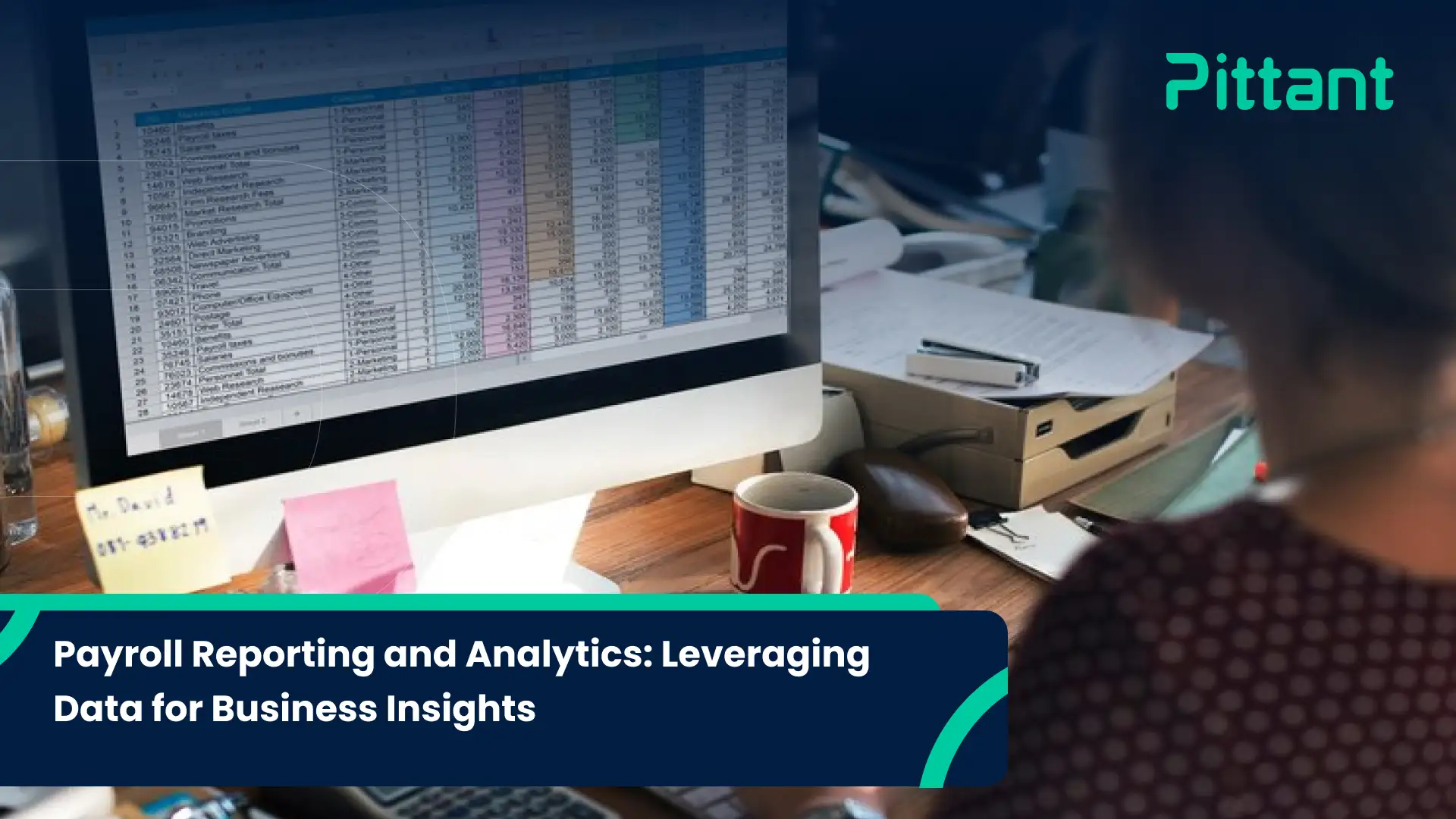Data analytics is essential for effective business decisions and strategies and for driving the business to the ultimate success. Payroll reporting and data analytics impact the business functionality and performance immensely. However, Payroll report and analytics have a major impact on business financial structure and cash flow as it is concerned with workforce efficiency and productivity. All companies must understand the importance of payroll data analytics and reporting to improve their business operations and cost efficiency.
Mastering Payroll Reporting: A Comprehensive Guide
This guide shares all about payroll reporting and deep insight to help you generate accurate and timely payroll reports with legal compliance and align with your processes and essential information for your workforce.
Top Payroll Reporting Tools for Efficient Analysis
Top payroll reporting tools and software for employee payroll reports are available for efficient payroll analysis. It’s more than a basic report and offers informational dashboards and clear visibility. These tools are helpful in identifying emerging trends, reducing costs and expenditures on the workforce, and making effective decisions. These top tools help to find out the new patterns for employee working hours, overtime, analyzing leaves, and giving you a complete overview of your workforce.
Choosing the Right Payroll Reporting Software
It’s essential to choose the right software for employee reporting for payroll to give you powerful features. Investing in payroll software will boost work efficiency, give you valuable data access, and provide a reliable workforce strategy. It will help you handle tax and other deductions correctly, give you customized reporting options, and user-friendly instant access.
The Power of Payroll Analytics: Explained
Payroll analytics and payroll reporting software give deep insights into employee records and relevant information. Employers can quickly analyze workforce costs and leave expenses. It will help them make effective decisions through payroll analytics to improve staffing, cost on workforce, and increase employee satisfaction to maximize productivity.
Predictive Payroll Analytics: Predicting Future Trends
Payroll analytics will help you to predict future trends, and historical details are helpful to forecast future trends for workforce requirements, payroll expenses, and effective decisions to boost efficiency.
For example, workforce requirements are based on variations according to seasonal changes, and payroll predictions strike over a time period. This foresight and data analytics give you the power to make effective decisions, optimize workforce productivity, control labor shortage, and over-expenses on the workforce. Find the cost and budget gaps and adjust them according to your requirements. It will help you keep track of your payroll management.
HR Payroll Analytics: Enhancing Human Resources
HR payroll analytics enhances HR functions, and it will become an efficient partner in discovering a productive and efficient workforce. It merges all payroll information with facts and figures, which are a strong resource for making effective HR management decisions. You can analyze new trends and point out the higher-cost workforce departments. Also you can identify risks, boost employee retention, and improve worker’s performance. You can analyze salary gaps, offer competitive packages, offer training to enhance skills, and overtime to drive work potential.
Harnessing Payroll Data Analysis for Insights
Payroll data analysis is a powerful tool for gaining insights that help you optimize your business operations and make effective decisions, optimize the workforce, prevent labor shortages, over expenses, budget adjustments, and make efficient decisions for salary and overtime. You can identify the specific departments costing higher for overtime, predict payroll requirements in the future according to seasonal changes, and understand workforce requirements and wage trends. It’s all about acquiring a competitive outcome using a smart and efficient workforce.
Understanding Payroll Metrics: Key Performance Indicators
The key performance indicators are the scale that guides you for effective payroll procedures and metrics. You can identify more improved payroll options, rectify errors, align with the payroll cycle, and reduce workforce expenses. These metrics will help you to make effective decisions and give you a smooth payroll process. The metrics are;
- Payroll accurate and error-free calculations
- Payroll processing time and duration of payroll cycle
- Workforce salaries and overtime costs
- Workforce turnover impact on payroll stability
- Estimated cost per employee hiring and recruitment charges
Emerging Trends in Payroll Reporting
The emerging reporting trends about payroll impact payroll performance, giving more information to make effective strategies and decisions for optimizing workforce performance and business growth.
Payroll reports will give you real-time information, static reports, live dashboards, and data analytics for transparency with new trends. It gives you an opportunity to adjust your current system according to emerging trends.
It will provide historical data analytics and predictions. The payroll reporting tools will give a forecast regarding future requirements, cost-effectiveness, and planning for an efficient workforce.
The payroll advanced reporting software automates tax calculations and documentation and reduces errors with legal compliance. Employees can manage self-reports on their salary and deductions and leave and remove HR management workload. It can integrate with a Human Capital system to give you a complete overview of employee data analytics.
Payroll Benchmarking: Comparing Performance
Payroll benchmarking compares performance and metrics such as working hours, overtime, and cost per employee according to your industry or business criteria. Benchmarking can portray your efficiency and improvement, such as your payroll process being more efficient than your competitors, your payroll functions being cost-effective in your industry, and your error rates matching your business benchmark.
You can implement effective strategies to save time for quick processes through benchmarking. You must analyze costs and expenses to reduce the budget using comparative analysis and identify legal complexities and risks for legal issues.
Conclusion
Payroll reporting and data analytics are very effective for business stability and future forecasts. It’s essential to gain insight into previous and current payroll processes, and it helps to identify potential risks and errors and improve workforce expenses and budget and payroll efficiency with better outcomes.
FAQs
What is data analytics in payroll?
Payroll data analytics analyses all the information regarding workforce salary, deductions, overtime, bonuses, and other compensation.
How do you perform payroll analytics?
Payroll analytics consists of data collection, formatting, metric selection, reporting, analyzing, visualizing, and making effective decisions.
What is a payroll analysis report?
A payroll analysis report is a detailed document that provides information regarding workforce salary trends, overtime patterns, controlling labor costs, and employee management tasks.




